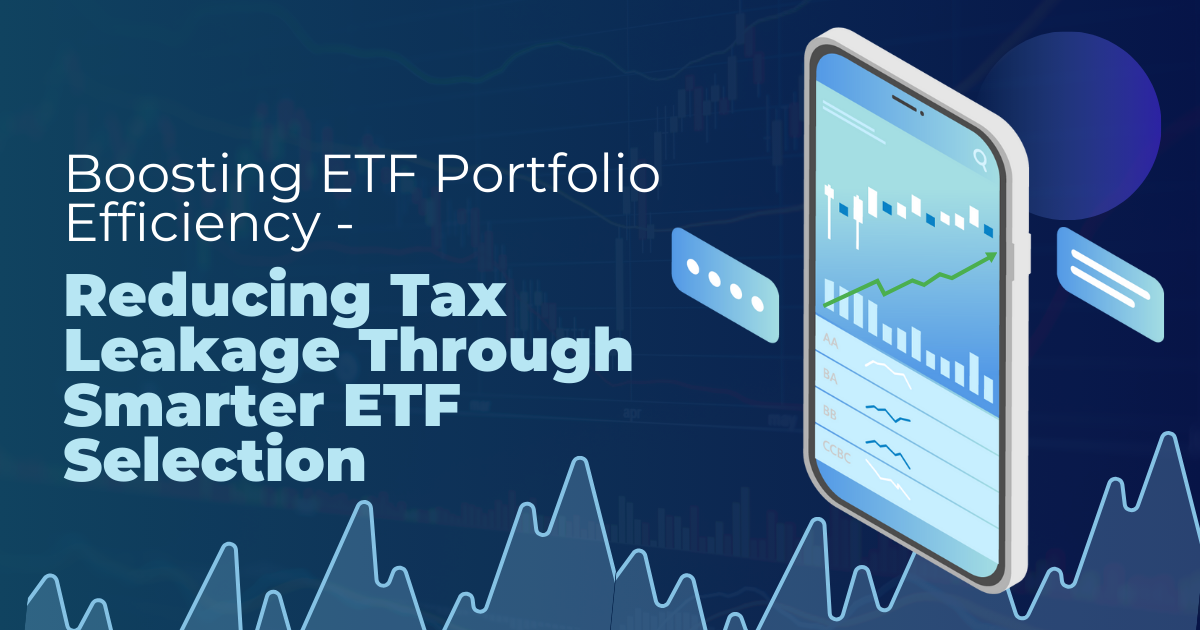Interest rates
Table of Contents
Interest rates
Interest rates, which impact everything from your mortgage payments to the return on your investments, are the beating heart of the world financial system. These ostensibly insignificant percentages significantly influence how we handle our finances and the overall economic environment. Understanding interest rates is essential whether you’re an investor aiming to maximise profits, a borrower attempting to finance a new home, or a saver trying to build your retirement fund.
What are interest rates?
Interest rates represent the cost of borrowing money or the long-term return on investments. The compensation lenders earn for lending their funds and the fees borrowers pay to borrow them are expressed as percentages. By controlling the money flow in an economy, interest rates are a key instrument for central banks and governments to manage the general economic environment.
Understanding interest rates
It’s critical to comprehend the ideas behind interest rates to appreciate their significance fully:
- Principal amount
The first amount borrowed or invested is referred to as the principal amount. Based on this principal sum, interest rates are computed.
- Interest rate percentage
The annual cost or return on the principal amount, usually represented as a percentage of the principal, is the interest rate percentage.
- Period
The length of time that the principal amount is borrowed or invested is known as the period. Depending on the loan or investment terms, interest rates may be charged annually, semi-annually, quarterly, or even monthly.
- Compounding
The process by which interest accrues interest over time is known as compounding. It may be straightforward or complex. Compound interest accounts for the principal and any prior interest earned, whereas simple interest just considers the initial principal amount.
Types of interest rates
There are various interest rates, each with a specific function and a varied impact on borrowers, lenders, and investors. Some of the most typical interest rate categories are listed below:
- Nominal interest rate
The nominal interest rate, sometimes called the stated interest rate, is the amount specified in investment agreements or loan agreements. Since it doesn’t consider inflation or compounding, it is less helpful for actual computations.
- Real interest rate
By accounting for inflation, the real interest rate provides a more realistic depiction of the true buying power of an investment or the cost of borrowing. It stands for the nominal interest rate less inflation.
- Fixed interest rate
In a fixed interest rate, the interest rate is maintained for a loan or investment. While lenders and investors gain from a steady income stream, borrowers benefit from regular monthly payments.
- Variable interest rate
Variable interest rates, also called adjustable interest rates, can alter over time depending on a specified index, such as the prime rate or LIBOR (London Interbank Offered Rate). As a result, borrowers may experience changes in their monthly payments.
- Prime rate
The prime rate is the percentage of interest banks charge to their most credit-worthy clients. It is a standard for many other interest rates, including those on credit card balances and adjustable-rate mortgages.
- Federal funds rate
Central banks, such as the Federal Reserve in the United States, determine the federal funds rate. It significantly impacts short-term interest rates and is essential to monetary policy.
Examples of interest rates
Let us take an example to understand interest rates
- Mortgage rates
We come across mortgage interest rates when buying a home. A 30-year fixed-rate mortgage can have an interest rate of 4%, by which we’ll pay 4% every year on the borrowed sum.
- Savings account
A savings account gives an annual interest rate of 1%. US$100 in interest will be earned over a year if you have US$10,000 in your account.
- Credit card
Interest rates charged by credit card firms often range from 15% to 25% or more on unpaid balances. A US$1,000 balance with a 20% interest rate on a credit card will cost you US$200 in interest a year.
- Bonds
Investors receive interest from both corporate and government bonds. For instance, a US$1,000 investment in a 10-year U.S. Treasury bond yielding 3% will return US$30 yearly.
Frequently Asked Questions
Simple interest is calculated over time and applied to the initial principale sum. Compound interest, on the other hand, accounts for both the main sum and any prior interest. Compound interest consequently increases with time, possibly increasing the profitability of investments and the cost of borrowing.
Interest accrued but not yet paid or received on a financial instrument, like a bond or a loan, is known as accrued interest. It builds up over time until it must be paid for or settled.
Nominal interest rates, the stated rates without taking inflation or compounding into account, are one type of interest rate. Real interest rates account for inflation to reflect buying power more accurately. Fixed, variable, prime, and federal funds rates cater to different financial demands and market dynamics.
Interest Rate (%) = (Interest Amount/Principal Amount) x 100
To express interest as a percentage, we should multiply the interest earned or paid by the principal sum. This equation can be used to calculate both simple and compound interest.
The current interest rate in the US market varies widely and changes frequently. It generally fluctuates between 5.25% andto 5.5%.
Related Terms
- Option Adjusted Spread (OAS)
- Beta Risk
- Bear Spread
- Execution Risk
- Exchange-Traded Notes
- Dark Pools
- Firm Order
- Covered Straddle
- Chart Patterns
- Candlestick Chart
- After-Hours Trading
- Speculative Trading
- Average Daily Trading Volume (ADTV)
- Swing trading
- Sector-Specific Basket
- Option Adjusted Spread (OAS)
- Beta Risk
- Bear Spread
- Execution Risk
- Exchange-Traded Notes
- Dark Pools
- Firm Order
- Covered Straddle
- Chart Patterns
- Candlestick Chart
- After-Hours Trading
- Speculative Trading
- Average Daily Trading Volume (ADTV)
- Swing trading
- Sector-Specific Basket
- Regional Basket
- Listing standards
- Proxy voting
- Block Trades
- Undеrmargin
- Buying Powеr
- Whipsaw
- Index CFD
- Initial Margin
- Risk Management
- Slippage
- Take-Profit Order
- Open Position
- Trading Platform
- Debit Balance
- Scalping
- Stop-Loss Order
- Cum dividend
- Board Lot
- Closed Trades
- Resistance level
- CFTC
- Open Contract
- Passive Management
- Spot price
- Trade Execution
- Spot Commodities
- Cash commodity
- Volume of trading
- Open order
- Bid-ask spread
- Economic calendar
- Secondary Market
- Subordinated Debt
- Basket Trade
- Notional Value
- Speculation
- Quiet period
- Purchasing power
- Plan participant
- Performance appraisal
- Anaume pattern
- Commodities trading
- Interest rate risk
- Equity Trading
- Adverse Excursion
- Booked Orders
- Bracket Order
- Bullion
- Trading Indicators
- Grey market
- Intraday trading
- Futures trading
- Broker
- Head-fake trade
- Demat account
- Price priority
- Day trader
- Threshold securities
- Online trading
- Quantitative trading
- Blockchain
- Insider trading
- Equity Volume
- Downtrend
- Derivatives
Most Popular Terms
Other Terms
- Floating Dividend Rate
- Flight to Quality
- Real Return
- Protective Put
- Perpetual Bond
- Non-Diversifiable Risk
- Merger Arbitrage
- Liability-Driven Investment (LDI)
- Income Bonds
- Guaranteed Investment Contract (GIC)
- Flash Crash
- Equity Carve-Outs
- Cost of Equity
- Cost Basis
- Deferred Annuity
- Cash-on-Cash Return
- Earning Surprise
- Capital Adequacy Ratio (CAR)
- Bubble
- Asset Play
- Accrued Market Discount
- Ladder Strategy
- Junk Status
- Intrinsic Value of Stock
- Interest-Only Bonds (IO)
- Interest Coverage Ratio
- Inflation Hedge
- Industry Groups
- Incremental Yield
- Industrial Bonds
- Income Statement
- Holding Period Return
- Historical Volatility (HV)
- Hedge Effectiveness
- Flat Yield Curve
- Fallen Angel
- Exotic Options
- Event-Driven Strategy
- Eurodollar Bonds
- Enhanced Index Fund
- Embedded Options
- EBITDA Margin
- Dynamic Asset Allocation
- Dual-Currency Bond
- Downside Capture Ratio
- Dollar Rolls
- Dividend Declaration Date
- Dividend Capture Strategy
- Distribution Yield
- Depositary Receipts
Know More about
Tools/Educational Resources
Markets Offered by POEMS
Read the Latest Market Journal

Recognising Biases in Investing and Tips to Avoid Them
Common biases like overconfidence, herd mentality, and loss aversion influence both risk assessment and decision-making....

What is Money Dysmorphia and How to Overcome it?
Money dysmorphia happens when the way you feel about your finances doesn’t match the reality...

The Employer’s Guide to Domestic Helper Insurance
Domestic Helper insurance may appear to be just another compliance task for employers in Singapore,...

One Stock, Many Prices: Understanding US Markets
Why Isn’t My Order Filled at the Price I See? Have you ever set a...

Why Every Investor Should Understand Put Selling
Introduction Options trading can seem complicated at first, but it offers investors flexible strategies to...

Mastering Stop-Loss Placement: A Guide to Profitability in Forex Trading
Effective stop-loss placement is a cornerstone of prudent risk management in forex trading. It’s not...

Boosting ETF Portfolio Efficiency: Reducing Tax Leakage Through Smarter ETF Selection
Introduction: Why Tax Efficiency Matters in Global ETF Investing Diversification is the foundation of a...

How to Build a Diversified Global ETF Portfolio
Introduction: Why Diversification Is Essential in 2025 In our June edition article (https://www.poems.com.sg/market-journal/the-complete-etf-playbook-for-singapore-investors-from-beginner-to-advanced-strategies/), we introduced...









